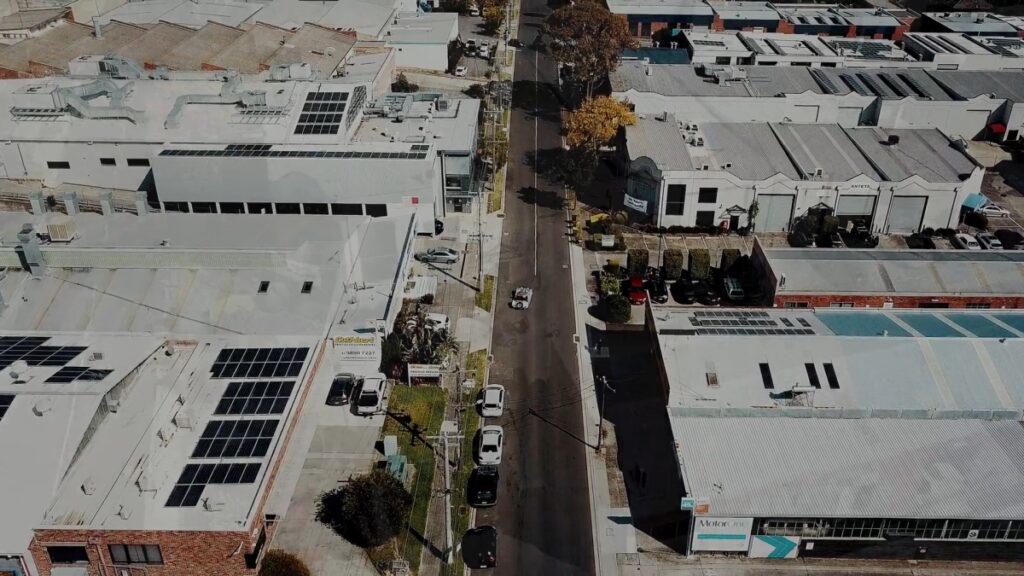Our company has spent years negotiating with the ATO. If they hear a story to be reasonable and they think there is a plan in place – then they give time. (If they don’t phone back in and talk to a different case manager)
Tax debt doesn’t mean a big rush to an insolvency firm (if you have ignored the ATO for too long, then that is possibly your option); stop thinking and planning.
Here is a bit of a guide.
If there is tax debt, there is a reason for that.
There are four main reasons.
One – the owner takes far too much money from the company and spends the taxman’s money. This is the usual way we have seen a debt occur, and unless there is a cultural change, the client can borrow the money, pay the tax, and do it all over again.
The owner needs to have a good look in the mirror and find a way (if they can run a tight budget). Bringing this under control and manageable, then find the money to eliminate the tax debt).
Two – the business doesn’t make enough money. What’s the point of borrowing money? Once you have a tax debt, you will use the taxman money again as the business is losing money. Before lending money, the owner should make changes in his company – usually, SMEs are not charging enough, are carrying too many people or the wrong people – and let overheads and debtors run away with their business.
The owner must find new strategies to turn the bottom line into a cash profit. Often in these sorts of businesses, it’s not that hard, and usually, as not, it’s about price. A close look at staffing and overheads is essential. Then it may be more complex, like a need to move the market. But unless a plan is in place, throwing money at a tax debt is a waste – and maybe a walkout of the business is needed.
Three – the business is snowballing, and the taxman has become the bank (very high interest). This client either needs new equipment that makes them more efficient and gives a shortcut to profit or needs to fund the debtors to keep the cash and growth going. Growth for the uninitiated is very, very expensive.
The accounts will tell the owner about the effect of growth. If the accrual accounts are a long way from the cash accounts, then a real problem must be sorted out with cashflow finance (we prefer invoice finance, not factoring). Also, the business could be overtrading with the assets they have. A growth strategy needs to be implemented as well. Do that, then fund the tax debt.
Four – the business is shrinking – and still carries overheads causing the tax debt. Shrinking a business can often build a better profit as it strips away what a company shouldn’t be doing and creates a more manageable, profitable business. If the business is really in decline in the wrong market and will fall over, an exit strategy should come first.
Look at the evidence; look at the business. What should be the strategy for a shrinking business? Then once a plan is in place, look at what funding is needed.
Post-COVID, and now that we are in a weaker economy, it’s essential to take time and get the planning right.
We go way beyond the debits and credits, the BAS and tax returns (these are, of course, important) to help any client or business that wants help.
An important Footnote
If a director draws money from a family home, and other such assets, to say, pay tax debt, there also now need to be an agreement between the director and any partner saying – they have taken their equity in the house and the director has no claim against the house.
A partner should never, never, never, never, never, never, never, never, never, never, never, never, never, never, never, never, never, never, never, never, never sign a loan for the business that uses the house as security.
The director needs to borrow the money from the property and on lend it to the company – making them the creditor, and wisdom says that the director as a creditor can take a security over the company – this doesn’t happen much these days, but it is what I would do.




